
|
University of Tennessee Computational Materials Research Group |
|
Experiments at the Advanced Photon Source Argonne National Laboratory, October 12-13, 2017 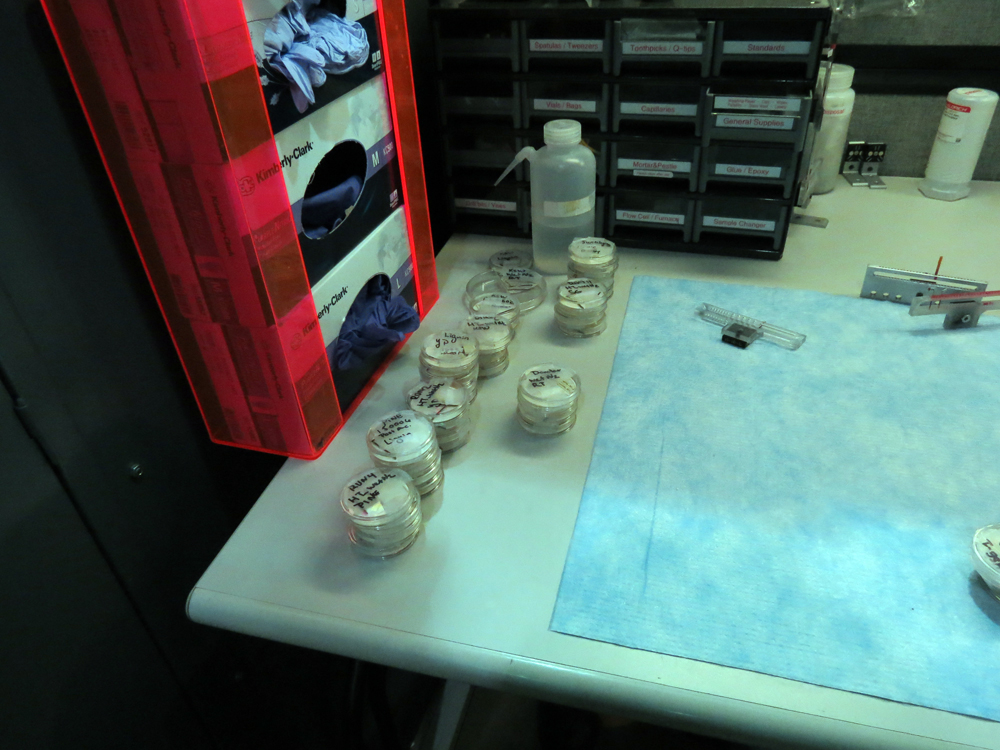 One hundred seventy-one samples were brought.  Capillaries containing twenty-nine samples were placed in the sample holder. (The tiny flags at the top indicated the contents of each capillary.)  We were generating both radial distribution functions and powder diffraction patterns at the 11-ID-B beamline. We brushed up on some theory while we were there.  We took some notes.  The samples were loaded in the x-ray chamber. 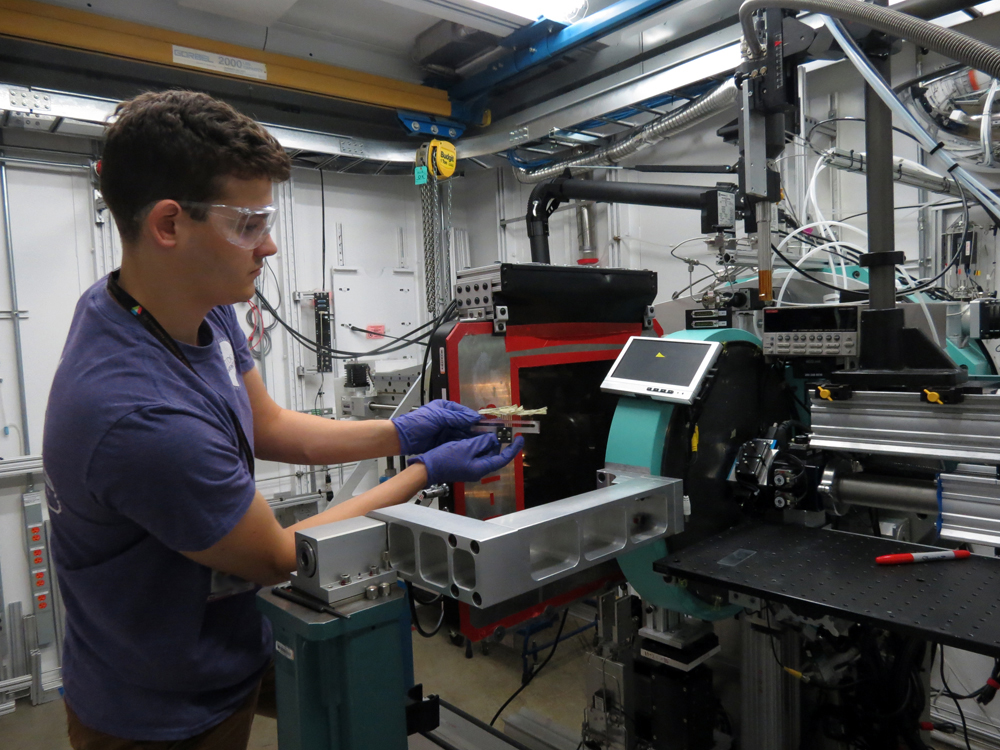 UTK MSE PhD student, Mr. Dayton Kizzire, helped prepare the samples and will take the lead in computationally interpreting and analyzing the resulting data. 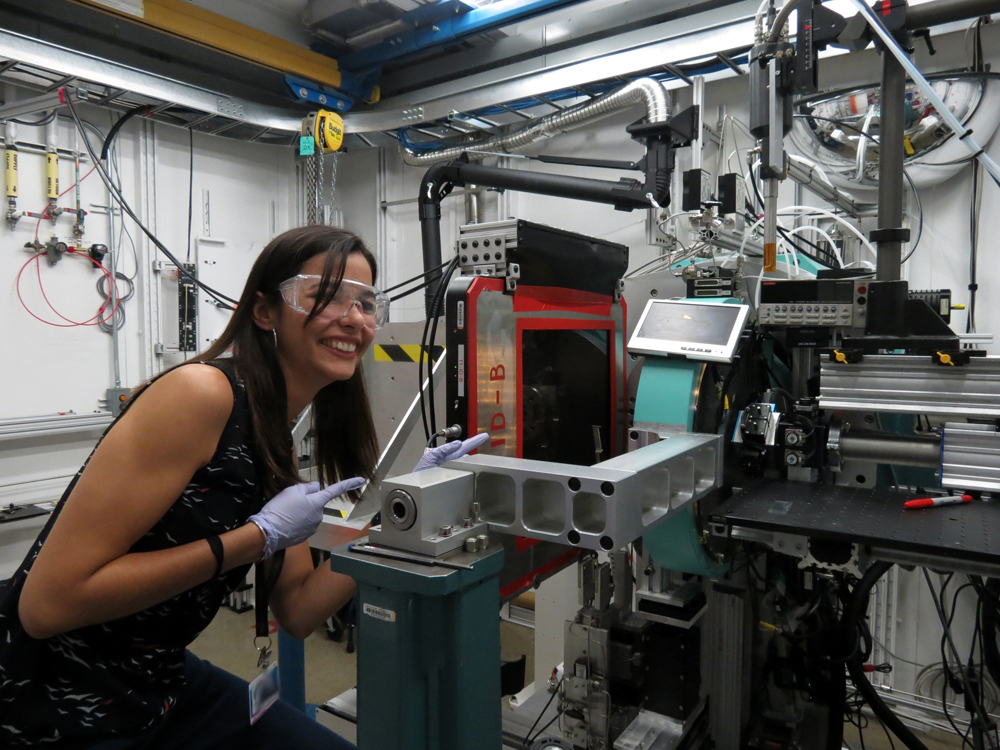 UTK MSE PhD student, Ms. Valerie García-Negrón, synthesized the samples and will lead the effort in having their electrochemical properties assessed.  The APS facility was large. Once each batch of 29 samples was loaded and the process started, there was a couple of hours of time to get some exercise. 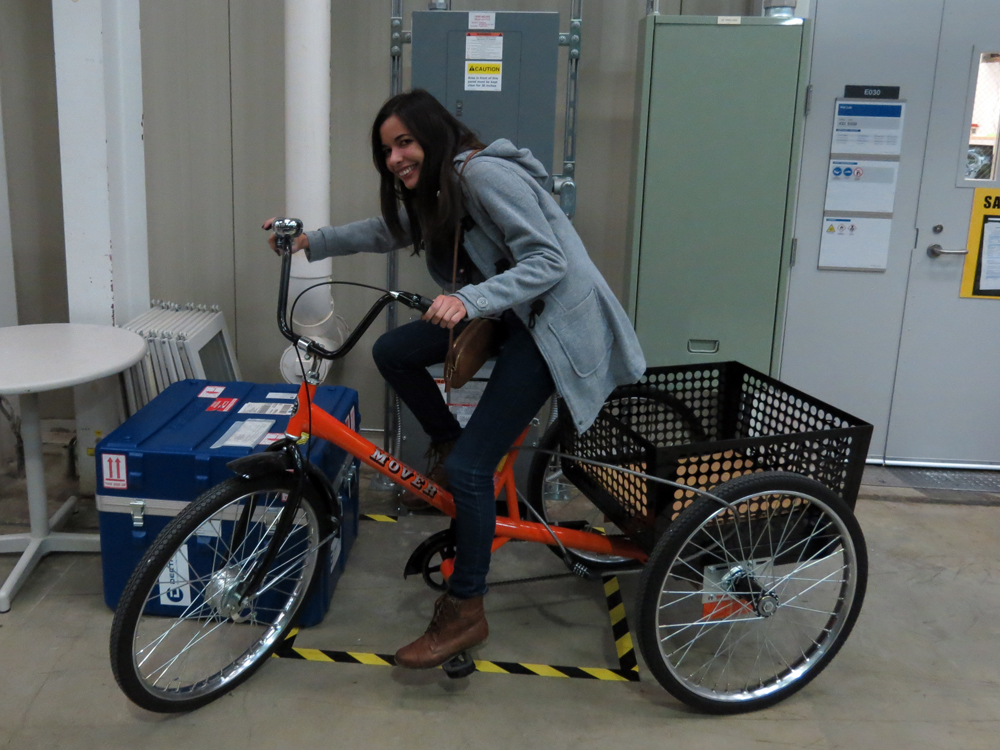 Tricycles appear to be the favorite form of transportation. 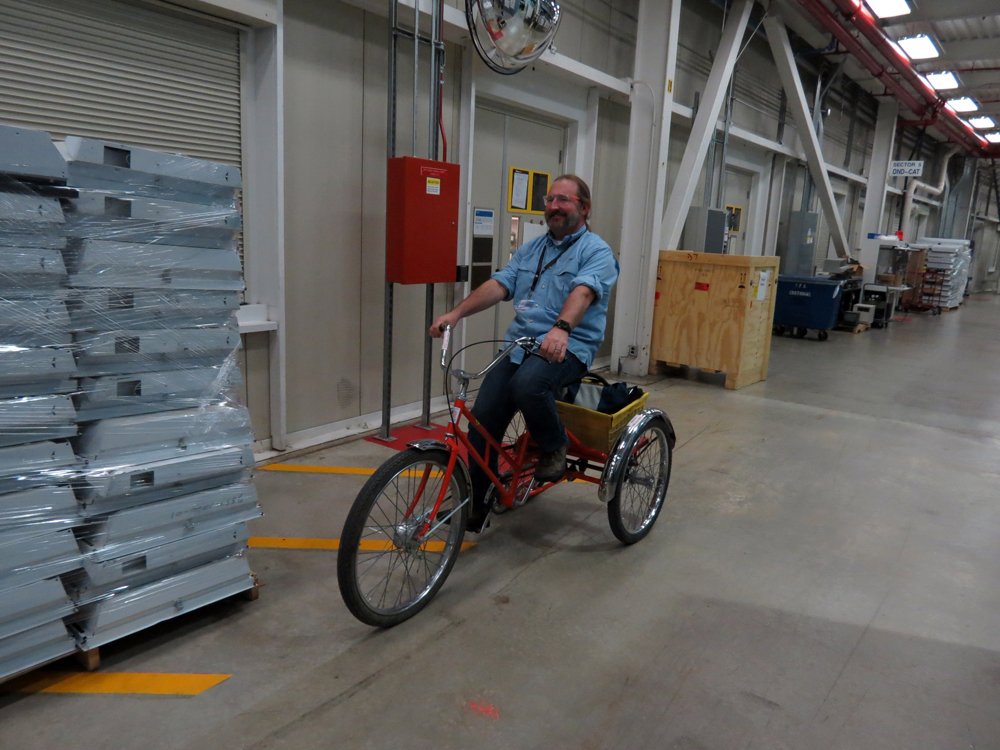 Prof. David Harper was not to be left out.  A photo in the observation deck.  The view from the observation deck.  A selfie in the beamline corridor.  We burned the midnight oil. We had twenty-four hours on the beamline and we made the most of it. By 9 o'clock in the morning, we were done. So, we hopped back in the van and drove back 550 miles to Knoxville. Thanks to Dr. Karena Chapman, Dr. Kamila Wiaderek and Dr. Olaf Borkiewicz at APS for making this experiment a success. This work was sponsored by the Agriculture and Food Research Initiative (AFRI) program of the United States Department of Agriculture. We close with an excerpt from the movie that we watched for the better part of the night during out stay at APS. |